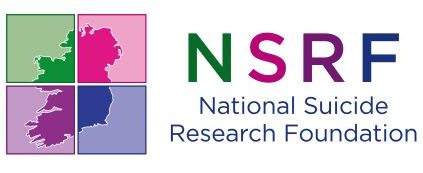
What is this project?
The media may have both a positive and negative influence in the development of self-harm and suicidal behaviour. While the copycat and imitation effects of media reporting are well established, recently there is an increasing evidence base in relation to using the media in a positive way – the so called ‘Papageno’ or preventative effect (Niederkrotenthaler et al 2010).
The first study in this project sought to examine the quality of media reporting of four cases of suicide in Ireland between September 2009 and December 2012, and investigated the degree to which the media guidelines for reporting of suicide were adhered to for each of the four cases examined.
The second study sought to obtain people’s perceptions on the impact of a television documentary on awareness of mental health, wellbeing and help-seeking behaviour.
In 2020, the NSRF were commissioned by the NOSP to identify, review, and summarise the literature and evidence on the harmful impact of suicide and self-harm online.
Project Aims
- Examine if the media can have a positive impact in terms of reducing stigma related to mental health, addressing common misconceptions and encouraging help seeking behaviour.
- To identify, review and summarise the literature and evidence on the harmful impact of suicide and self harm online
- To establish if there are specific types/categories of online material that is considered more harmful/higher risk in relation to suicidal and self-harm behavior.
Recent Publications
- Using a television programme as a tool to increase perceived awareness of mental health and well-being – findings from ‘Our Mental Health’ survey. McTernan N, Ryan F, Williamson E, Chambers D, Arensman E. Irish Journal of Psychological Medicine
- The Harmful Impact of Suicide and Self-Harm Content Online: A Review of the Literature. McTernan, Ryan F. National Suicide Research Foundation

